Cauliflower Companion Plants: Boost Growth & Control Pests
Introduction
Companion planting is a centuries-old practice where different plant species are grown together to benefit each other in various ways. The goal is to create a harmonious environment where plants can improve each other’s growth, protect against pests, and improve soil health. Cauliflower, a member of the Brassica family, thrives when grown with the right companion plants. By carefully selecting its neighbors, gardeners can optimize yield, reduce pest problems, and create a healthy garden ecosystem.
In this article, we’ll explore the best companion plants for cauliflower, their benefits, and how they contribute to a flourishing garden. We’ll also touch on plants you should avoid growing near cauliflower to prevent growth complications or increased pest activity.
Benefits of Companion Planting with Cauliflower
Before diving into the list of compatible plants, it’s essential to understand the key benefits of companion planting, particularly when it comes to cauliflower:
- Pest Control: Certain plants repel insects or attract beneficial predators that help keep pest populations in check. This natural pest control reduces the need for chemical interventions.
- Soil Health: Some plants improve soil structure, fix nitrogen, or add nutrients back into the soil, creating a better growing environment for cauliflower.
- Weed Suppression: Plants that grow close to the soil surface can help suppress weeds, reducing competition for nutrients and water.
- Enhanced Flavor and Yield: Companion planting can improve the flavor and quality of vegetables like cauliflower. The right neighbors can also lead to increased yield by improving pollination and nutrient availability.
- Shade and Microclimate: Taller companion plants can provide shade for cauliflower, which helps prevent bolting in hot weather. Similarly, ground-covering plants can create a microclimate that conserves moisture.
Best Companion Plants for Cauliflower
1. Beans
Beans, particularly bush beans, are excellent companions for cauliflower. They fix nitrogen in the soil, which benefits cauliflower by providing a vital nutrient for leafy growth. The nitrogen-fixing ability of beans improves soil fertility without the need for synthetic fertilizers. Additionally, beans grow well in the same conditions as cauliflower and can help improve the overall structure of the soil.
2. Peas
Like beans, peas are nitrogen fixers. They enrich the soil, providing essential nutrients that cauliflower can use during its growing season. Peas also grow vertically, saving space in the garden. Since peas mature early, they can be harvested while cauliflower is still growing, preventing competition for sunlight and water. This pairing is a great example of how vertical planting can maximize space in a garden.
3. Spinach
Spinach is a low-growing plant that provides excellent ground cover. It helps suppress weeds by shading the soil, reducing competition for nutrients and moisture. Spinach also matures quickly, so it can be harvested before cauliflower grows large enough to require more space. Spinach benefits from cauliflower’s natural insect-repelling properties, making it a mutually beneficial relationship.
4. Onions and Garlic
Alliums like onions and garlic are renowned for their pest-repelling properties. Their strong odor deters many common pests that might otherwise target cauliflower, such as aphids, cabbage worms, and slugs. These pungent plants also have the added benefit of not competing with cauliflower for space, as they grow underground. When planting cauliflower near onions and garlic, you’re setting up a natural barrier against insect infestations.
5. Dill
Dill is an herb that serves as an excellent companion for cauliflower due to its ability to attract beneficial insects like ladybugs, lacewings, and parasitic wasps. These insects prey on aphids, caterpillars, and other pests that can harm cauliflower. Additionally, dill can improve the flavor of cauliflower and other vegetables in its vicinity. It’s important, however, to plant dill strategically, as it can spread quickly.
6. Thyme
Thyme is another aromatic herb that works well as a cauliflower companion. Its strong scent helps deter pests, particularly cabbage moths, flea beetles, and whiteflies. Thyme is a low-growing plant that won’t compete with cauliflower for sunlight, and its sprawling nature can help suppress weeds around cauliflower plants. Plus, thyme can be harvested continuously throughout the season, making it a productive addition to any garden.
7. Celery
Celery is a great companion for cauliflower because it can help improve the microclimate around the cauliflower plants. It creates a dense canopy that helps retain soil moisture, reducing the need for frequent watering. Celery also repels certain insects, including the white cabbage moth. This pairing can improve the health of both crops, as they complement each other’s growth habits.
8. Beets
Beets are root vegetables that don’t directly compete with cauliflower for resources, as they grow beneath the soil surface. They also help break up the soil, making it easier for cauliflower roots to expand. Additionally, beets provide shade and create a more humid environment, which can help prevent cauliflower from bolting in hot weather. Planting beets near cauliflower can also improve soil aeration, which benefits both crops.
9. Nasturtiums
Nasturtiums are one of the most versatile companion plants in the garden. They attract aphids, acting as a trap crop, meaning pests are more likely to target nasturtiums instead of cauliflower. Additionally, nasturtiums repel whiteflies and beetles, common cauliflower pests. These flowers also attract pollinators like bees, which can benefit other plants in the garden, even though cauliflower is typically self-pollinating.
10. Marigolds
Marigolds are another fantastic flower to grow near cauliflower. They are known for their ability to repel nematodes, which are microscopic worms that can damage plant roots. Marigolds also deter aphids, beetles, and whiteflies, making them excellent companions for cauliflower. The bright blooms add aesthetic value to the garden and attract pollinators and beneficial insects.
Plants to Avoid Growing Near Cauliflower
While the above plants are great companions for cauliflower, some plants should be avoided. These plants either compete with cauliflower for nutrients or attract pests that can damage cauliflower crops.
1. Tomatoes
Tomatoes and cauliflower are both heavy feeders, meaning they require a lot of nutrients to thrive. When grown together, they can deplete the soil, resulting in poor growth and lower yields. Tomatoes also attract certain pests, like the whitefly, that can target cauliflower.
2. Strawberries
Strawberries can stunt the growth of cauliflower by competing for space and nutrients. Additionally, they can attract slugs, which can be detrimental to cauliflower, as slugs are known to feed on the leaves and heads of Brassicas.
3. Corn
Corn is a large, tall plant that can block sunlight from reaching cauliflower. It also attracts pests like corn earworms and cutworms, which can spread to nearby cauliflower plants. Additionally, corn and cauliflower have different water and nutrient requirements, which can lead to competition in the garden.
4. Broccoli and Other Brassicas
While it may seem intuitive to plant similar crops together, planting cauliflower with other Brassicas like broccoli, cabbage, or Brussels sprouts is not ideal. These crops compete for the same nutrients and are susceptible to the same pests, such as cabbage worms and aphids. Growing them together increases the likelihood of disease and pest infestations.
5. Pumpkins and Squash
Pumpkins and squash are sprawling plants that can take over garden space and crowd out cauliflower. They also attract pests like cucumber beetles, which can damage cauliflower crops. These plants have different nutrient needs and growing habits, making them unsuitable companions for cauliflower.
How to Plan Your Garden for Successful Companion Planting
Now that you know which plants work well with cauliflower and which ones to avoid, the next step is planning your garden layout. Here are some tips for successful companion planting with cauliflower:
- Group Compatible Plants Together: Place plants that benefit each other close together, such as cauliflower with onions or dill. This will help create a balanced ecosystem where plants can naturally protect and nourish each other.
- Use Vertical and Horizontal Space: Maximize garden space by growing plants with different growth habits together. For example, plant tall crops like peas or beans alongside cauliflower, while using ground cover plants like spinach or thyme to suppress weeds.
- Rotate Crops Annually: Rotate your crops each year to prevent soil depletion and reduce the risk of disease buildup. Avoid planting cauliflower in the same spot where Brassicas were grown the previous year.
- Incorporate Flowers for Pollination and Pest Control: Flowers like nasturtiums and marigolds not only enhance garden aesthetics but also attract beneficial insects and repel harmful pests.
- Mulch and Water Appropriately: Mulching around cauliflower and its companion plants helps retain moisture and prevent weed growth. Ensure that plants with similar water needs are grouped together to simplify watering.
Conclusion
Companion planting is a powerful tool for organic gardeners looking to grow healthy, productive cauliflower crops. By selecting the right companion plants—such as beans, onions, garlic, and herbs like thyme and dill—you can create a thriving garden ecosystem that benefits cauliflower. These companion plants help control pests, improve soil health, and optimize growth conditions. Avoid growing cauliflower with heavy feeders like tomatoes or plants prone to similar pest issues, such as other Brassicas, to ensure the best results.
With careful planning and the right companion plants, your cauliflower harvest will not only be bountiful but also require less effort to manage pest and disease problems.


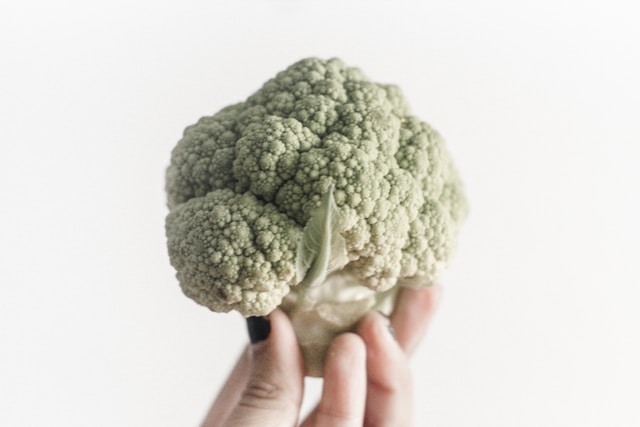
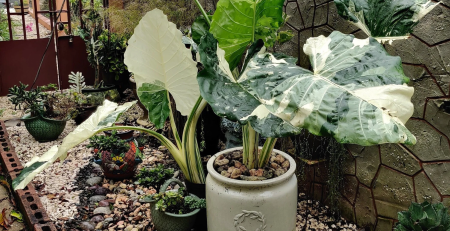
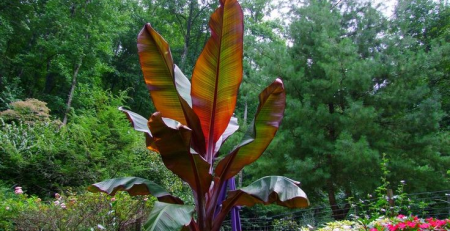
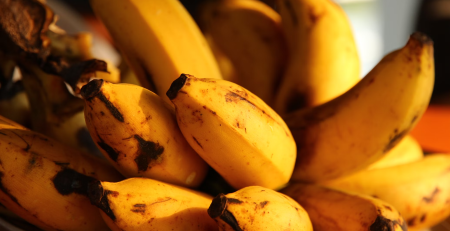
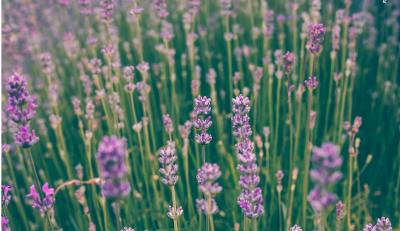
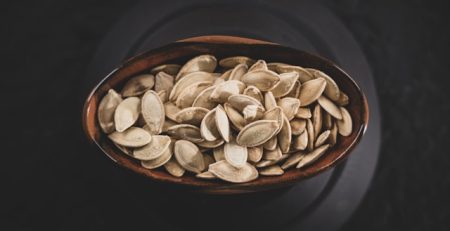
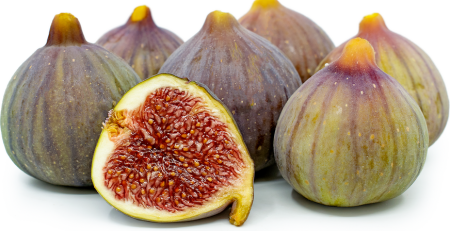
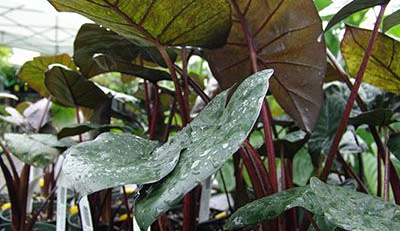
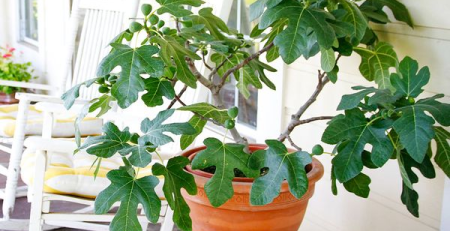

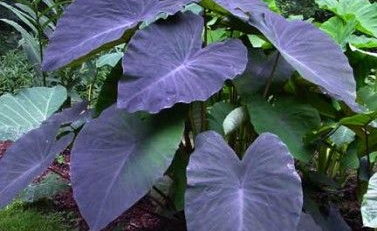
Leave a Reply